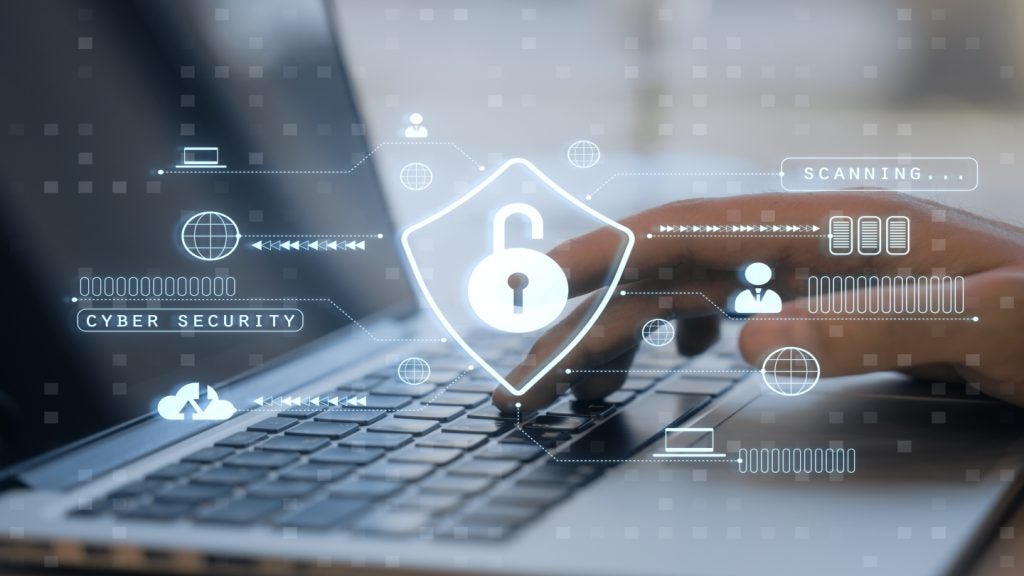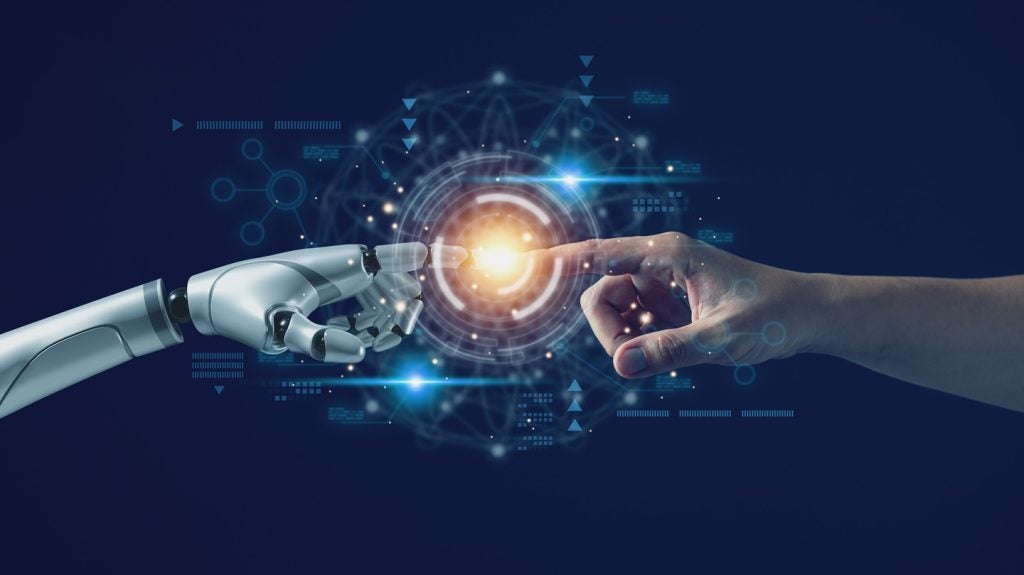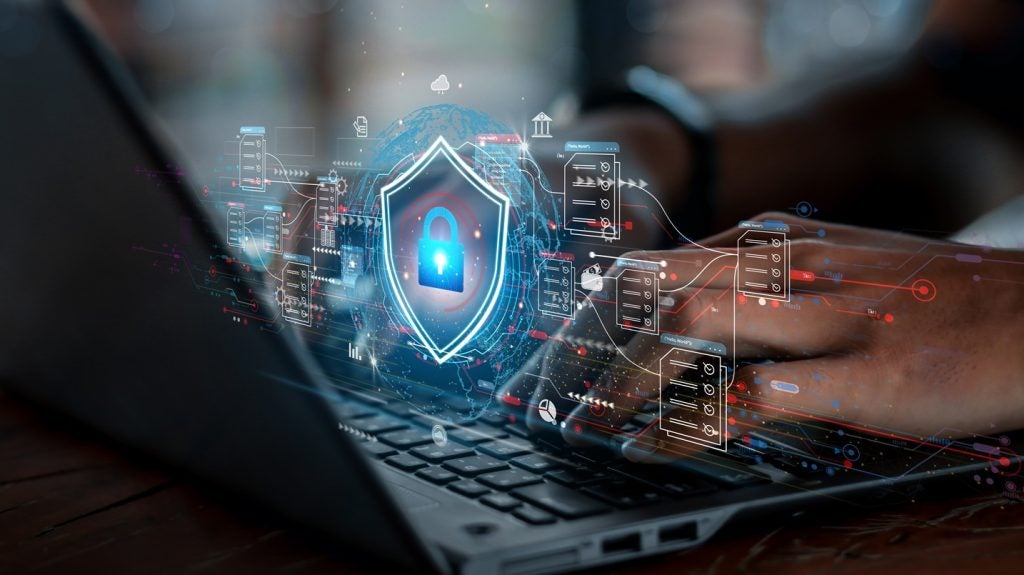Avaya has filed a patent for a conferencing server that can record meeting minutes as text for non-consenting participants. The server receives audio inputs from both consenting and non-consenting participants, but only provides the audio from consenting participants to the conference recording component. Instead, it captures textual input from an input device for non-consenting participants, ensuring a complete record of the meeting without including their speech. GlobalData’s report on Avaya gives a 360-degree view of the company including its patenting strategy. Buy the report here.
According to GlobalData’s company profile on Avaya, Intelligent contact centers was a key innovation area identified from patents. Avaya's grant share as of September 2023 was 68%. Grant share is based on the ratio of number of grants to total number of patents.
A conferencing server that records text instead of audio
A recently filed patent (Publication Number: US20230308304A1) describes a conferencing server that aims to address privacy concerns during conference calls. The server includes a network interface, a processor, and instructions stored in memory. The processor performs several functions to ensure privacy and control over conference content.
Firstly, the server receives audio inputs from conference participants via the network. The first audio input is from a consenting participant, while the second audio input is from a non-consenting participant. The server then broadcasts the conference content, including both audio inputs, to the communication devices of all conference participants. However, when it comes to recording the conference, the server only provides the first audio input and any textual input received, omitting the second audio input from the recording.
The patent also describes additional features of the conferencing server. If the server determines that the second audio input contains speech from the non-consenting participant, it signals the input device to start collecting textual input instead. Conversely, if the server determines that the first audio input contains speech from the consenting participant, it signals the input device to stop collecting textual input.
The server also offers options for enhancing or de-enhancing the audio for the input devices. It can broadcast an enhanced audio of the second audio input or a de-enhanced audio of the first audio input to the input devices. Additionally, the server can buffer the second audio input and broadcast a slowed version of it to the input devices. Similarly, it can buffer the first audio input and broadcast an accelerated version to the input devices.
Furthermore, the server can provide an alert to the input device at the start of the second audio input. This alert can trigger various actions on the input device, such as altering the tonal quality or volume of the conference content, playing an audio or visual alert, activating a textual input component, or rearranging icons on the display to highlight the speaking participant.
In summary, the patent describes a conferencing server that prioritizes privacy and control over conference content. It allows for the separation of audio inputs during recording, provides options for enhancing or de-enhancing audio, and offers various features to improve the conference experience for participants.
To know more about GlobalData’s detailed insights on Avaya, buy the report here.
Data Insights
From

The gold standard of business intelligence.
Blending expert knowledge with cutting-edge technology, GlobalData’s unrivalled proprietary data will enable you to decode what’s happening in your market. You can make better informed decisions and gain a future-proof advantage over your competitors.







